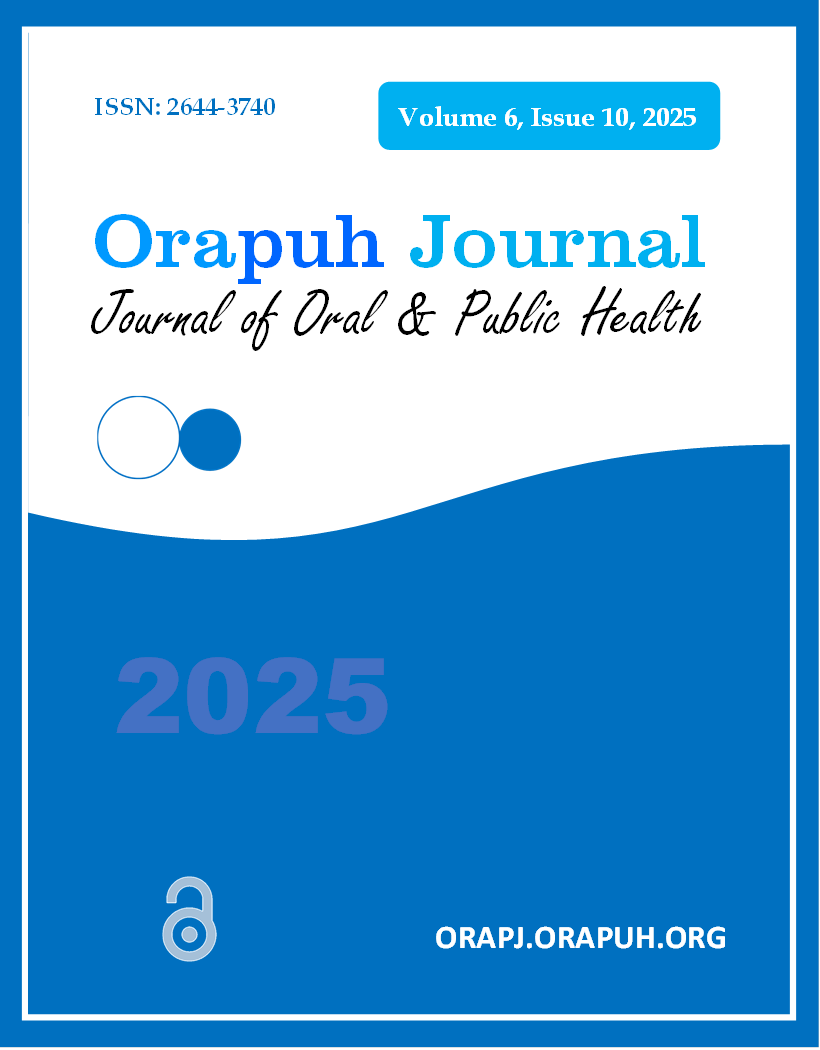Abstract
Introduction
In the Democratic Republic of Congo, self-medication is a common practice, particularly with antibiotics such as doxycycline hyclate. This raises concerns about safety and efficacy in the absence of medical prescriptions and therapeutic monitoring.
Purpose
The purpose of this study was to survey pharmacy sellers regarding the most requested antibiotics for self-medication, according to the WHO AWaRe classification, and to evaluate the quality of the most commonly used antibiotic for self-medication in the Maluku I Health Zone. This zone was chosen because it is a border and porous area with potential for smuggling and illicit drug sales, as part of post-marketing surveillance.
Methods
A descriptive cross-sectional study was conducted among sellers in 101 of 116 pharmacies in a peri-urban area of Kinshasa. The study focused on antibiotics used in self-medication, followed by quality control tests conducted according to the USP–NF 2024 pharmacopoeial standards on 12 different batches of doxycycline hyclate.
Results
The results showed that 87.06% of vendors participated in the survey, including 84.2% males and 15.8% females, with a mean age of 39.51 ± 9.84 years. Regarding educational level, 47.5% had Bac+0, 40.6% Bac+3, 7.9% Bac+5, and 4.0% other qualifications. In terms of training, 59.4% had studied nursing, while only 2% had studied pharmaceutical sciences. Doxycycline capsules were the most requested antibiotic in the Access category (89.1%), while chloramphenicol capsules were the least used (26.7%). Of the analysed batches, 41.7% had compliant marketing authorisations, 16.7% were unregistered, and 41.7% had non-compliant authorisations. All (100%) batches passed the identification and dissolution tests. However, 25% failed the mass uniformity test, while 58.3% passed the assay test and 41.7% failed.
Conclusion
Regular post-marketing surveillance is necessary to protect consumers from substandard products, given the high rate of under-dosed medicines found in circulation.
References
Bagheri, H., & Giroud, J. P. (2023). Self-medication and drug misuse. Bulletin of the National Academy of Medicine, 207(2), 178–185. https://doi.org/10.1016/j.banm.2022.12.010
BBC News Africa. (2020, January 17). How big is the problem of fake medicines in Africa? https://www.bbc.com/afrique/region-51148173
Council of Europe (2007). European Pharmacopoeia 6.0 Council of Europe
Denekew, T., Eticha, T., Teshome, Y., Endeshaw, S., & Ashenef, A. (2024). Post-marketing quality surveillance of selected antibacterial agents marketed in porous borders: The case of Ethiopia–Sudan–Eritrea border. PLOS ONE, 19(8), e0308223. https://doi.org/10.1371/journal.pone.0308223
Karungamye, P. (2023). Counterfeit and substandard drugs in Tanzania: A review. Forensic Science International: Reports, 7, 100302. https://doi.org/10.1016/j.fsir.2022.100302
Mboni, H. M., Tshikongo, A. K., Chirubagula, V. B., Shakalenga, C. M., Kanyegere, A. M., Rugema, B. B., Mushobekwa, S. S., Akiba, D. B., & Rusati, N. M. (2023). Evaluation of self-medication practices and their characteristics among students in Uvira in the Democratic Republic of Congo. The Pan African Medical Journal, 45, 53. https://www.panafrican-med-journal.com/content/article/45/53/full
Raynaud, D. (2008). Determinants of recourse to self-medication. French Review of Social Affairs, 1, 81–94. https://doi.org/10.3917/rfas.081.0081
U.S. Pharmacopeia. (2024). The USP approach for selecting columns of equivalence. https://www.usp.org/resources/pqri-approach-column--equiv-tool
Vox of America/Africa. (2018, January 16). Counterfeit medicines, a profitable and deadly trade in Africa. https://www.voaafrique.com
World Health Organization. (2015). Guidelines on medicines quality surveys (QAS15-630-30062015). https://www.who.int/docs/default-source/medinines/norms-and-standards/current-projects/guidelines-on-medicines-quality-surveys-qas15-630-30062015.pdf
World Health Organization. (2017). WHO global surveillance and monitoring system for substandard and falsified medical products. World Health Organization. https://iris.who.int/handle/10665/326708
Zanichelli, V., Sharland, M., Cappello, B., Moja, L., Getahun, H., Pessoa-Silva, C., Sati, H., Van Weezenbeek, C., Balkhy, H., Simão, M., Gandra, S., & Huttner, B. (2023). The WHO AWaRe (Access, Watch, Reserve) antibiotic book and prevention of antimicrobial resistance. Bulletin of the World Health Organization, 101(4), 290–296. https://doi.org/10.2471/BLT.22.288614

This work is licensed under a Creative Commons Attribution-NonCommercial 4.0 International License.

